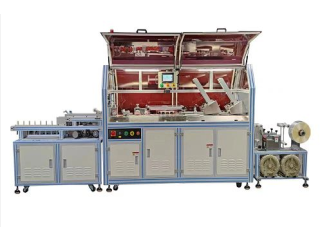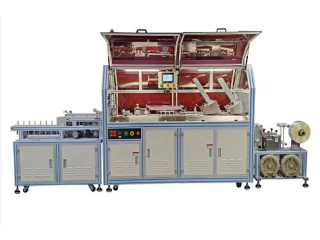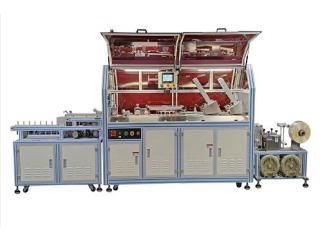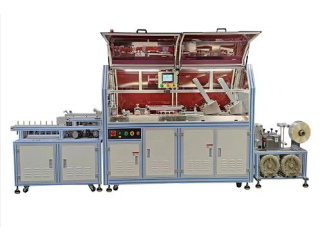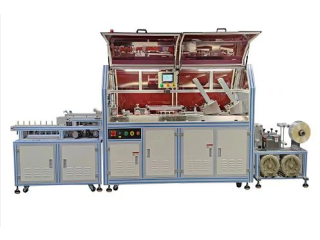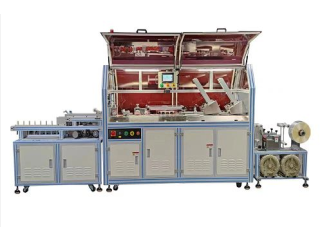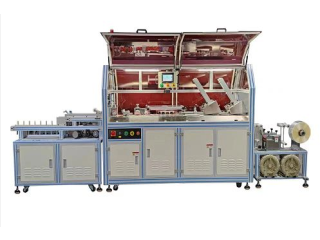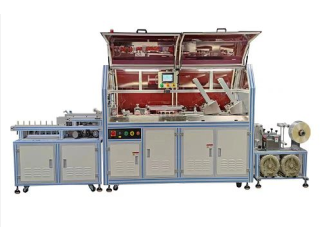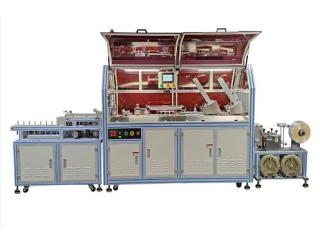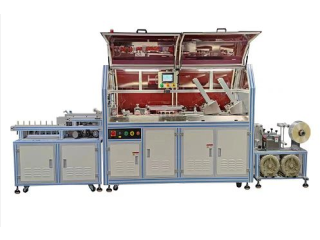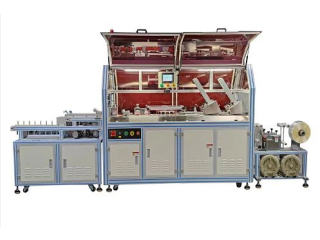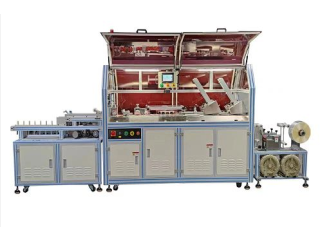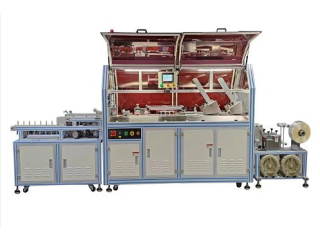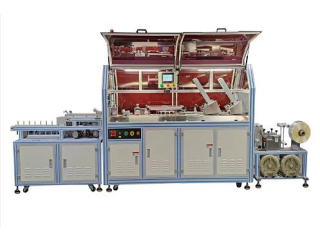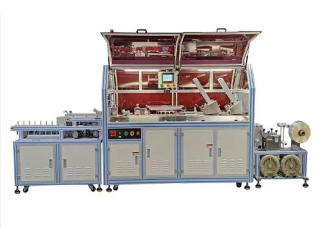Conveyor belts: the different types and what they’re used for
Jul 13th, 2022 at 07:54 Automobiles Battagram 254 viewsConveyor belts: the different types and what they’re used for
Before the invention of conveyor belts, material handling involved incredible effort, time, and manpower. Today, Conveyor Belts are a crucial tool in the material handling industry and are most commonly used to transport bulk materials safely and efficiently.
Belt conveyor systems consist of two or more pulleys, also known as drums, with the belt on an endless loop. The drive pulley moves the belt while the idler pulley is unpowered and redirects the belt. Side guide rollers help protect the conveyor belt and prevent premature wear.
Companies that understand the different types of conveyor belts can choose the safest and most efficient system for their needs. We list a few different types of conveyor belts below.
General Use Conveyor Belts
A common type of PVC Conveyor Belt is solid belts made from rubber or fabrics such as nylon, polyester, nitrile, or neoprene. The right type of belt material depends on your use. For example, rubber conveyor belts are typically used in mining and milling industries, while grocery stores commonly use PVC belts.
Woven Metal Conveyor Belts
Interlinking chains or wiring make up woven metal belts to allow for airflow. This design is made for industries that require drying, cooling, and the heating of food, electronics, glass, and more. PU Conveyor Belt manufacturers can build woven metal belts to the company’s specifications.
Plastic Interlocking Conveyor Belts
Plastic belts are a modular alternative to metal interlocking belts and are ideal for applications that require frequent cleaning and belt replacement. You’ll commonly see plastic belts in food handling, packing processes, or in the automotive industry.
Filter Belts
Industries that use filter belts include water treatment companies, breweries, and chemical factories. Filter belts are made of metal or synthetic fibres and drain excess liquid, filter out toxins, and allow particulates to pass through.
Hinged Belts
Hinged belts feature interlocking hinges that are capable of rotating around the pulley system while offering a flat, solid surface. Hinged Process Conveyor Belts are often used for small products and recycling applications.
Final thoughts
Whether you need a conveyor system to transport sensitive materials or one that can handle bulk-steel handling, conveyor belt manufacturers like Luff Industries can design and engineer a belt specific to your application.
Belt conveyor is also called Process Conveyor Belt, which is a kind of transport machinery driven by friction and can transport materials in a continuous way. Belt conveyor is also an economic conveying equipment of logistics and has become an indispensable for assembly line operation.
Belt conveyor is mainly composed of 2 or more pulleys and closed conveyor belt on the tight sleeve. The pulley that drives the conveyor belt to rotate is called the driving pulley; the pulley that only changes the direction of the conveyor belt movement is called the reversing pulley or idler pulley. When working, the driving pulley is driven by the motor through the reducer, and the conveyor belt rotates by the friction between the driving pulley and the conveyor belt. Drive pulleys are usually installed at the discharge end to increase traction.
Power Transmission Belt system can be selected according to the process requirements: common continuous operation, beat operation, variable speed operation and other modes, and usually called “belt line, assembly line, conveyor, conveyor line”, etc. Which is widely used in coal plant, chemical industry, building materials, machinery, metallurgy, agriculture and logistics industry.
Why is Belt Conveyor Important


